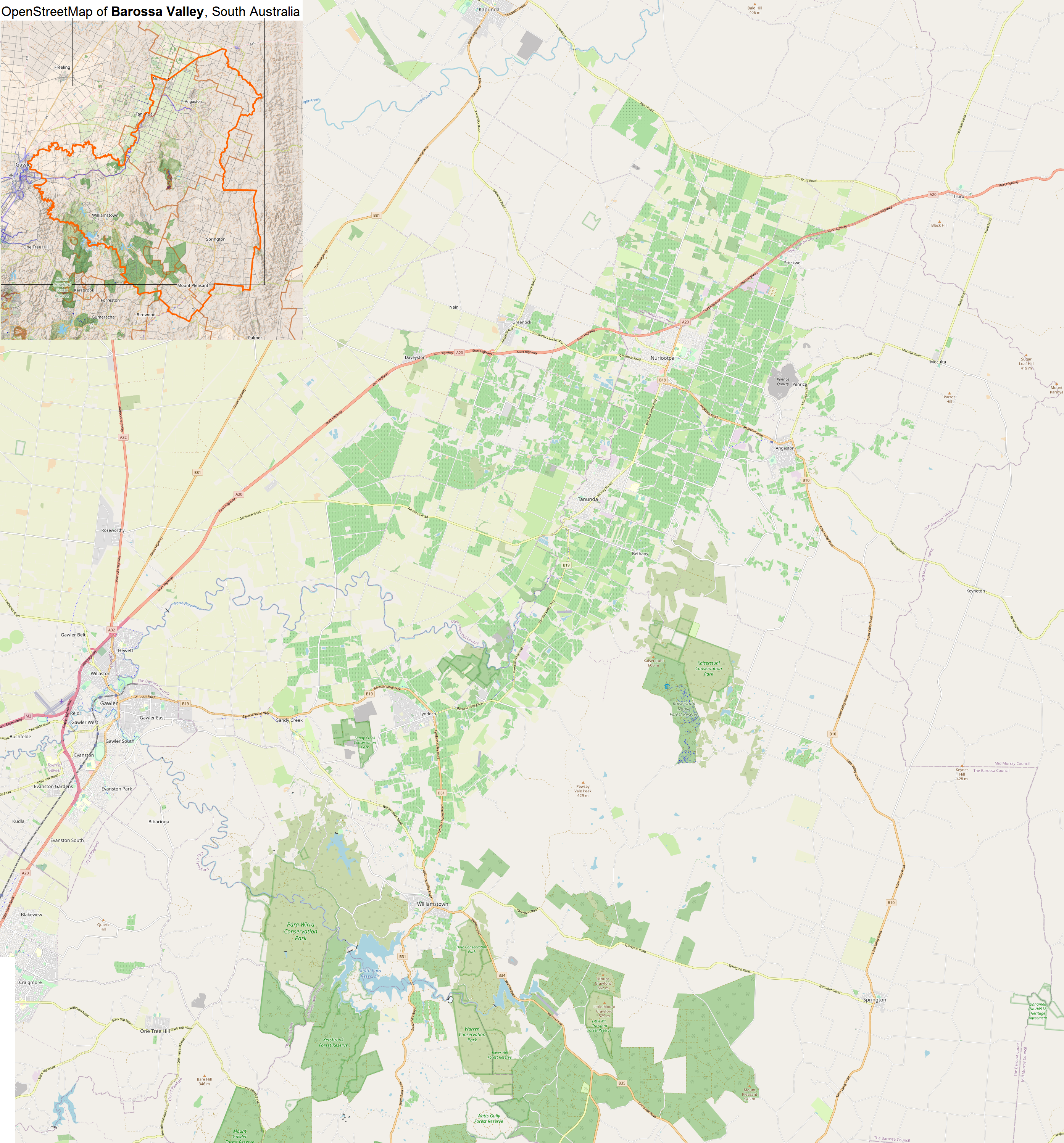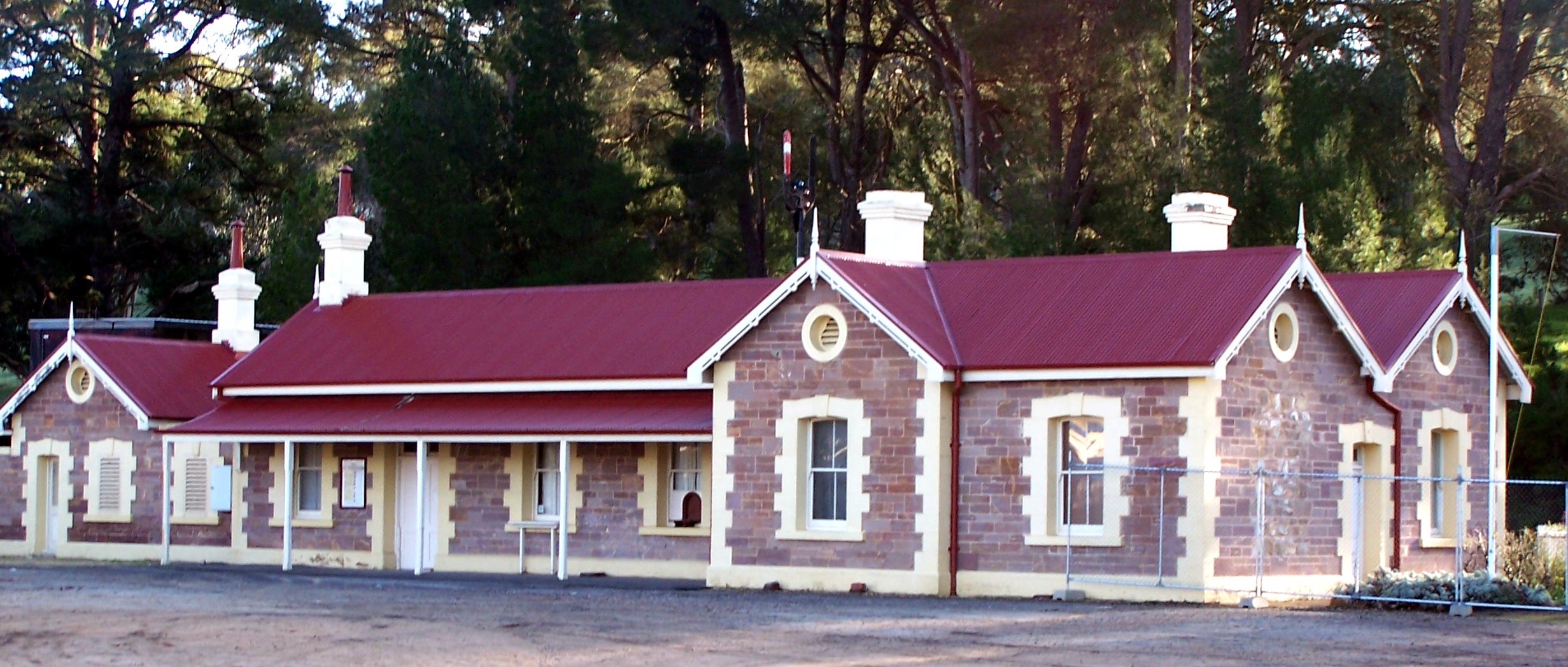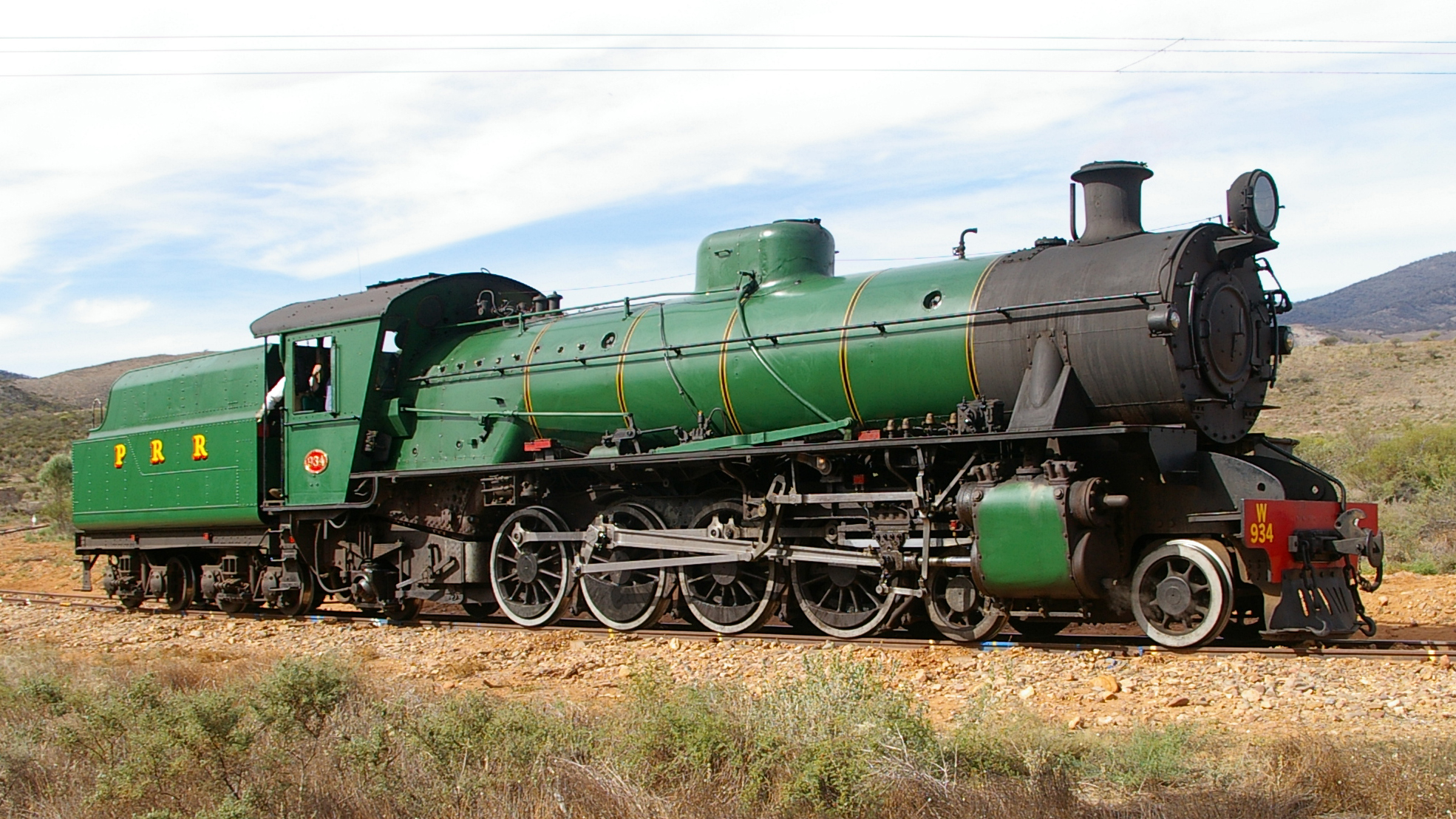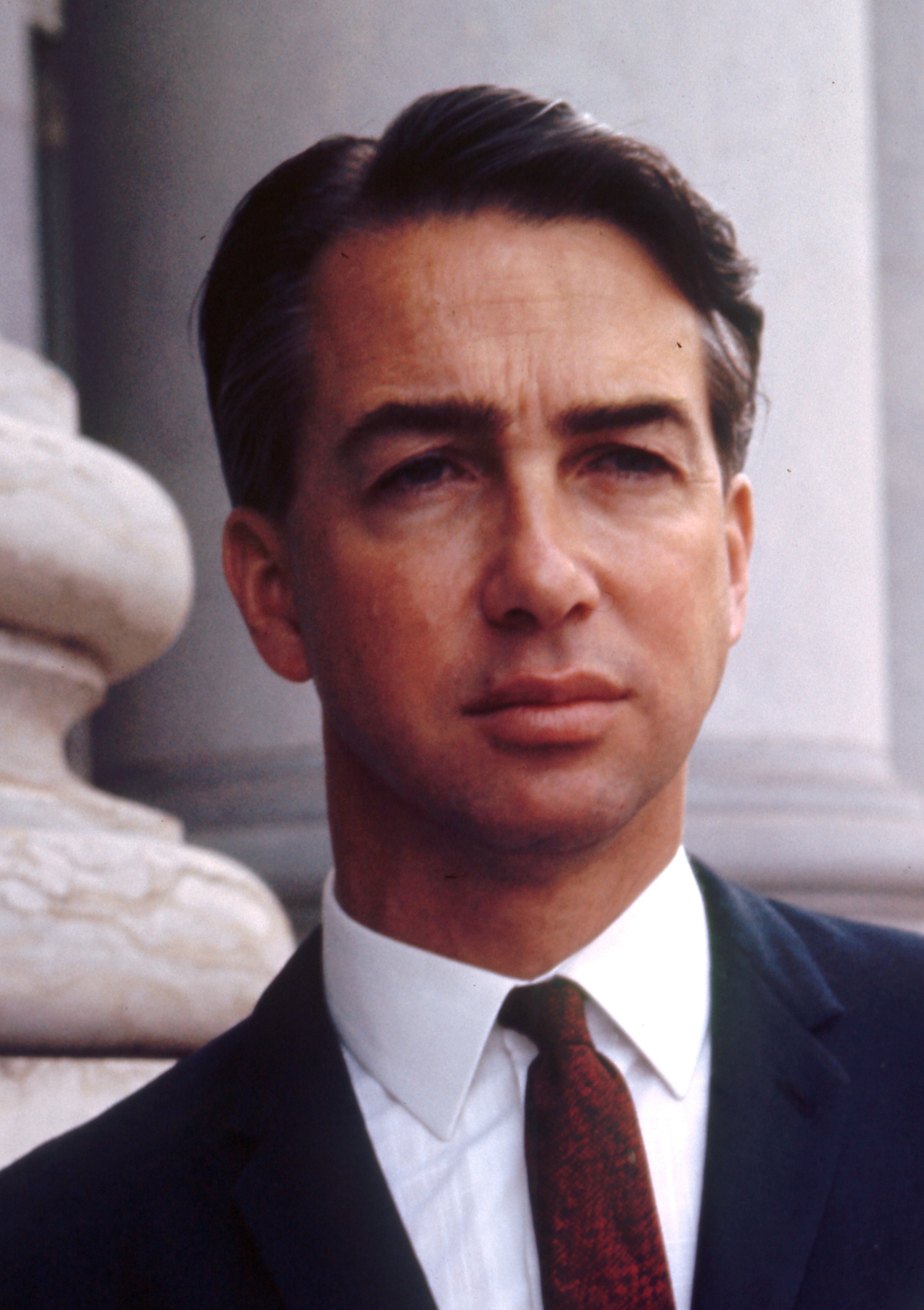|
South Australian Railways Brill Railcar
The South Australian Railways Model Brill railcar were two types of railcars operated by the South Australian Railways between 1925 and 1971. Introduced to run on country rail services, the "Barwell Bulls" serviced most of the state's railway lines until they were eventually replaced by both the Bluebird and Redhen railcars, with the last units withdrawn in 1971. Background Model 55 In 1924, the South Australian Railways (SAR) decided to order a group of railcars in order to continue services at country stations that did not have enough passengers to make those services financially viable. J. G. Brill Company were contracted to supply twelve railcar chassis, which would be mated to bodies constructed by the SAR's own Islington Railway Workshops. Numbered 4 to 15, these 12 railcars entered service during 1924 and 1925 as the Model 55 railcar class, and overnight these trains were a success. [...More Info...] [...Related Items...] OR: [Wikipedia] [Google] [Baidu] |
National Railway Museum, Port Adelaide
Australia's National Railway Museum is the largest railway museum in Australia. More than 100 major exhibits, mainly from the South Australian Railways (SAR) and Commonwealth Railways and their successor, Australian National Railways Commission, Australian National, are on display at its site in Port Adelaide, South Australia. The museum opened at Lipson Street in 1988 after 18 years at the SAR's former main locomotive depot at Mile End, South Australia, Mile End. History Mile End, 1964–1988 In 1963, a group of rail preservationists asked the South Australian Railways Commissioner to allocate land on the site of the former Mile End, South Australia, Mile End roundhouse to hold a small collection of withdrawn steam locomotives. The first locomotive arrived in 1964 and in 1970 the site opened as the Mile End Railway Museum. Only a few exhibits were under cover and the effects of weather took their toll; an alternative, under-cover venue was sought. Move to Port Adelaide In ... [...More Info...] [...Related Items...] OR: [Wikipedia] [Google] [Baidu] |
Cummins
Cummins Inc. is an American multinational corporation that designs, manufactures, and distributes engines, filtration, and power generation products. Cummins also services engines and related equipment, including fuel systems, controls, air handling, filtration, emission control, electrical power generation systems, and trucks. Headquartered in Columbus, Indiana, Cummins sells in approximately 190 countries and territories through a network of more than 600 company-owned and independent distributors and approximately 7,200 dealers. Cummins reported a net income of $2.13 billion on sales of $24.02 billion in 2021. History The Cummins Engine Company was founded in Columbus, Indiana, on February 3, 1919, by mechanic Clessie Cummins and banker William Glanton Irwin. The company focused on developing the diesel engine invented 20 years earlier, but despite several well-publicized endurance trials, it was not until 1933, that their Model H engine, used in small railroad s ... [...More Info...] [...Related Items...] OR: [Wikipedia] [Google] [Baidu] |
Railcars Of South Australia
A railcar (not to be confused with a railway car) is a self-propelled railway vehicle designed to transport passengers. The term "railcar" is usually used in reference to a train consisting of a single coach (carriage, car), with a driver's cab at one or both ends. Some railway companies, such as the Great Western, termed such vehicles "railmotors" (or "rail motors"). Self-propelled passenger vehicles also capable of hauling a train are, in technical rail usage, more usually called "rail motor coaches" or "motor cars" (not to be confused with the motor cars, otherwise known as automobiles, that operate on roads). The term is sometimes also used as an alternative name for the small types of multiple unit which consist of more than one coach. That is the general usage nowadays in Ireland when referring to any diesel multiple unit (DMU), or in some cases electric multiple unit (EMU). In North America the term "railcar" has a much broader sense and can be used (as an abbre ... [...More Info...] [...Related Items...] OR: [Wikipedia] [Google] [Baidu] |
Barossa Valley
The Barossa Valley ( Barossa German: ''Barossa Tal'') is a valley in South Australia located northeast of Adelaide city centre. The valley is formed by the North Para River. It is notable as a major wine-producing region and tourist destination. The Barossa Valley Way is the main road through the valley, connecting the main towns on the valley floor of Nuriootpa, Tanunda, Rowland Flat and Lyndoch. The Barossa Trail walking and cycling path is long and also passes the main towns from near Gawler on the Adelaide Plains to Angaston to the east of the valley. History The traditional owners of the land including the Barossa Valley are the Peramangk people, who comprise a number of family groups. Evidence of their thousands of years of occupation can be seen all around the area, in the form of artefacts, scar trees and shelter paintings. The Barossa Valley derives its name from the Barossa Range, which was named by Colonel William Light in 1837. Light chose the name in ... [...More Info...] [...Related Items...] OR: [Wikipedia] [Google] [Baidu] |
Yarra Valley Railway
The Yarra Valley Railway is a heritage railway operating on a section of the former Healesville railway which operated between Lilydale and Healesville in the Yarra Valley area northeast of Melbourne, Australia. History The Lilydale-Melbourne railway was extended from Lilydale to Yarra Flats (now known as Yarra Glen) on the 15 May 1888 with intermediate stations at Coldstream and Yering. Part of the structure included a long timber viaduct with 502 openings near Yarra Glen, spanning the Yarra River and the adjacent flood plains. The extension of the line from Yarra Glen to Healesville required a 1 in 40 (2.5%) climb into a 154.4 metre tunnel with a corresponding descent at nearly the same grade. The Healesville Station opened on 1 March 1889 with an intermediate station at Tarrawarra. Traffic on the line included timber, livestock, milk and dairy products. Early timetables included regular goods services specifically for transporting milk. The last regular steam passeng ... [...More Info...] [...Related Items...] OR: [Wikipedia] [Google] [Baidu] |
South Gippsland Railway
The South Gippsland Railway was a tourist railway located in South Gippsland, Victoria, Australia. It controlled a section of the former South Gippsland railway line between Nyora and Leongatha, and operated services from Leongatha to Nyora, via Korumburra, the journey taking about 65 minutes. History The South Gippsland line (also known as the ''Great Southern Railway'') was opened from Dandenong to Cranbourne in 1888 and extended to Koo Wee Rup, Nyora and Loch in 1890, Korumburra and Leongatha in 1891. The line had numerous branches which included: the Strzelecki Line; branching from Koo Wee Rup, the Wonthaggi Line; branching from Nyora, the Coal Creek, Austral Coal and Outtrim Lines; branching from Korumburra, Barry's Beach Oil Terminal Line; branching between Toora and Welshpool, and the Port Albert Line branching from Alberton. South Gippsland Railway Inc. (SGR) was founded in 1990 as a separate entity to the ''Great Southern Railway Society'', based in Nyora, where ... [...More Info...] [...Related Items...] OR: [Wikipedia] [Google] [Baidu] |
Seymour Railway Heritage Centre
The Seymour Railway Heritage Centre (SRHC) is a railway preservation group based in Seymour, Victoria, Australia. The volunteer non-profit incorporated association was established in 1983 as the Seymour Loco Steam Preservation Group to restore and preserve locomotives and rolling stock as used on the railways of Victoria. The group is an accredited railway operator under the Victorian Rail Safety Act 2006, permitting it to move trains within its own depot. The group is also accredited to maintain and provide rolling stock on the Victorian railway network,V/Line: Network Service Plan - Addenda (5 December 2007) (NA_NSP_03 – R40) running s, |
SteamRanger
The SteamRanger Heritage Railway is a long broad gauge tourist railway, formerly the Victor Harbor railway line of the South Australian Railways (SAR). It is operated by the not-for-profit South Australian Division of the Australian Railway Historical Society. As the last operating non-suburban line of the former broad-gauge network, on which Australia's first public railway was opened, the line and its associated rail assets have high historical significance. History In the 1970s, the South Australian Division of the Australian Railway Historical Society established SteamRanger as a not-for-profit railway preservation offshoot to operate its train tours from Adelaide, mainly on rural lines throughout the state's broad gauge networks. SteamRanger opened their first purpose-built depot at Dry Creek railway station, north of Adelaide in 1980. From the mid-1980's, SteamRanger gradually took over the operation & maintenance of the Victor Harbor railway line. When plans were an ... [...More Info...] [...Related Items...] OR: [Wikipedia] [Google] [Baidu] |
Pichi Richi Railway
The Pichi Richi Railway is a narrow-gauge heritage railway in the southern Flinders Ranges of South Australia between Quorn and Port Augusta. For much of its length the line lies in the picturesque Pichi Richi Pass, where the line was completed in 1879 as work proceeded north to build a railway to the "Red Centre" of Australia – the Central Australia Railway. The Commonwealth Railways ran trains through the pass until 1980, when it ceased its by then meagre services. In July 1973 the not-for-profit Pichi Richi Railway Preservation Society Inc. was incorporated, initially to ensure conservation of the fine dry stone walls and the bridges in the Pichi Richi Pass. It became evident that the prospect of operating heritage trains was possible and after undertaking restoration of deteriorated sections of the line the Society then tentatively operated its first trains, from 1974. By 1979, following further track repairs, trains were able to travel to Stirling North – at that ... [...More Info...] [...Related Items...] OR: [Wikipedia] [Google] [Baidu] |
Adelaide
Adelaide ( ) is the capital city of South Australia, the state's largest city and the fifth-most populous city in Australia. "Adelaide" may refer to either Greater Adelaide (including the Adelaide Hills) or the Adelaide city centre. The demonym ''Adelaidean'' is used to denote the city and the residents of Adelaide. The Traditional Owners of the Adelaide region are the Kaurna people. The area of the city centre and surrounding parklands is called ' in the Kaurna language. Adelaide is situated on the Adelaide Plains north of the Fleurieu Peninsula, between the Gulf St Vincent in the west and the Mount Lofty Ranges in the east. Its metropolitan area extends from the coast to the foothills of the Mount Lofty Ranges, and stretches from Gawler in the north to Sellicks Beach in the south. Named in honour of Queen Adelaide, the city was founded in 1836 as the planned capital for the only freely-settled British province in Australia. Colonel William Light, one of Adelaide's foun ... [...More Info...] [...Related Items...] OR: [Wikipedia] [Google] [Baidu] |
Henry Barwell
Sir Henry Newman Barwell KCMG (26 February 187730 September 1959) was the 28th premier of South Australia. Early life Born in Adelaide, South Australia, Barwell was educated at St Peter's College and Adelaide University, graduating in law. Admitted to the bar in 1899, Barwell built a successful legal practice where he specialised in defending murder suspects and became a prominent figure in the Adelaide Establishment. In 1902, he married Anne Webb in Clare, South Australia and together they had one son and three daughters. Political career Barwell entered the South Australian House of Assembly in 1915 as the Liberal Union member for the seat of Stanley. In parliament he quickly became known both as an uncompromising conservative and as a likely future premier. He defended the restricted franchise of the South Australian Legislative Council, arguing that the Labor Party should not be allowed to gain control "over the capital that employs labor, and over the superior intellect ... [...More Info...] [...Related Items...] OR: [Wikipedia] [Google] [Baidu] |
Premier Of South Australia
The premier of South Australia is the head of government in the state of South Australia, Australia. The Government of South Australia follows the Westminster system, with a Parliament of South Australia acting as the legislature. The premier is appointed by the Governor of South Australia, and by modern convention holds office by virtue of his or her ability to command the support of a majority of members of the lower house of Parliament, the House of Assembly. Peter Malinauskas is the current premier, having served since 21 March 2022. History The office of premier of South Australia was established upon the commencement of responsible government with the passage of the ''Constitution Act 1856''. The role was based upon that of the Prime Minister of the United Kingdom, with the premier requiring the support of a majority of the members of the lower house to remain head of government. No parties or solid groupings would be formed until after the 1890 election, which resul ... [...More Info...] [...Related Items...] OR: [Wikipedia] [Google] [Baidu] |

.jpg)








